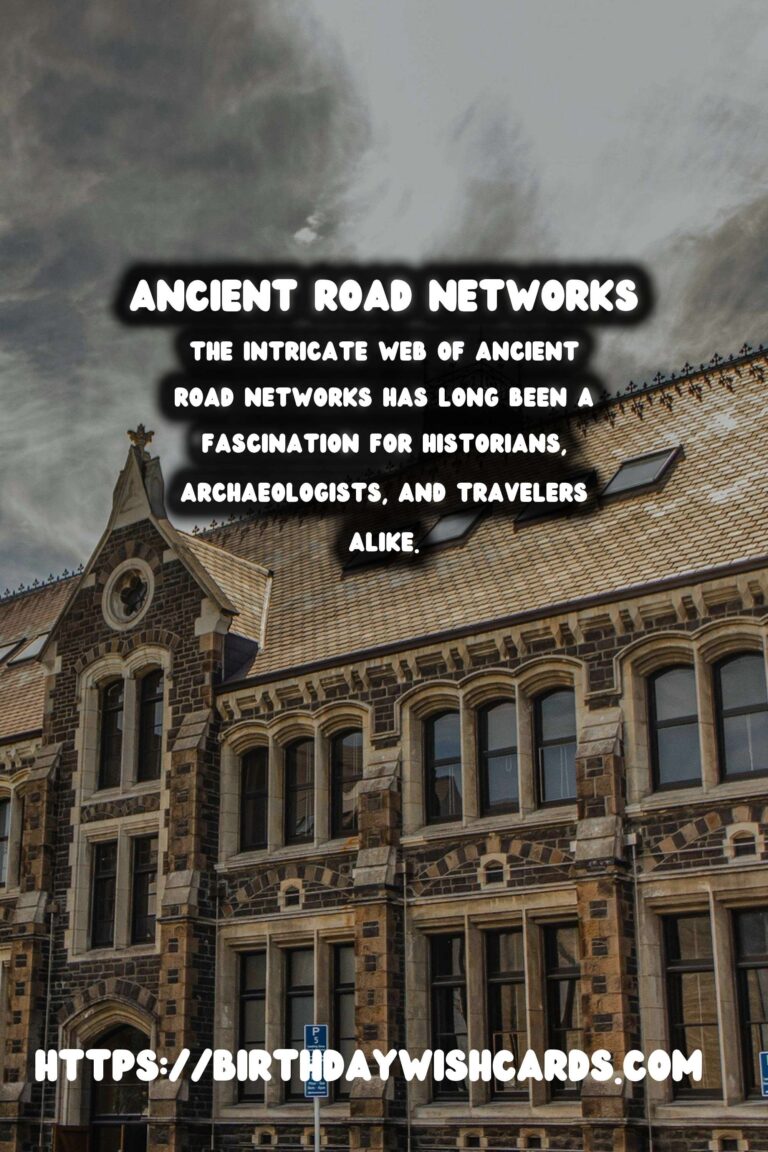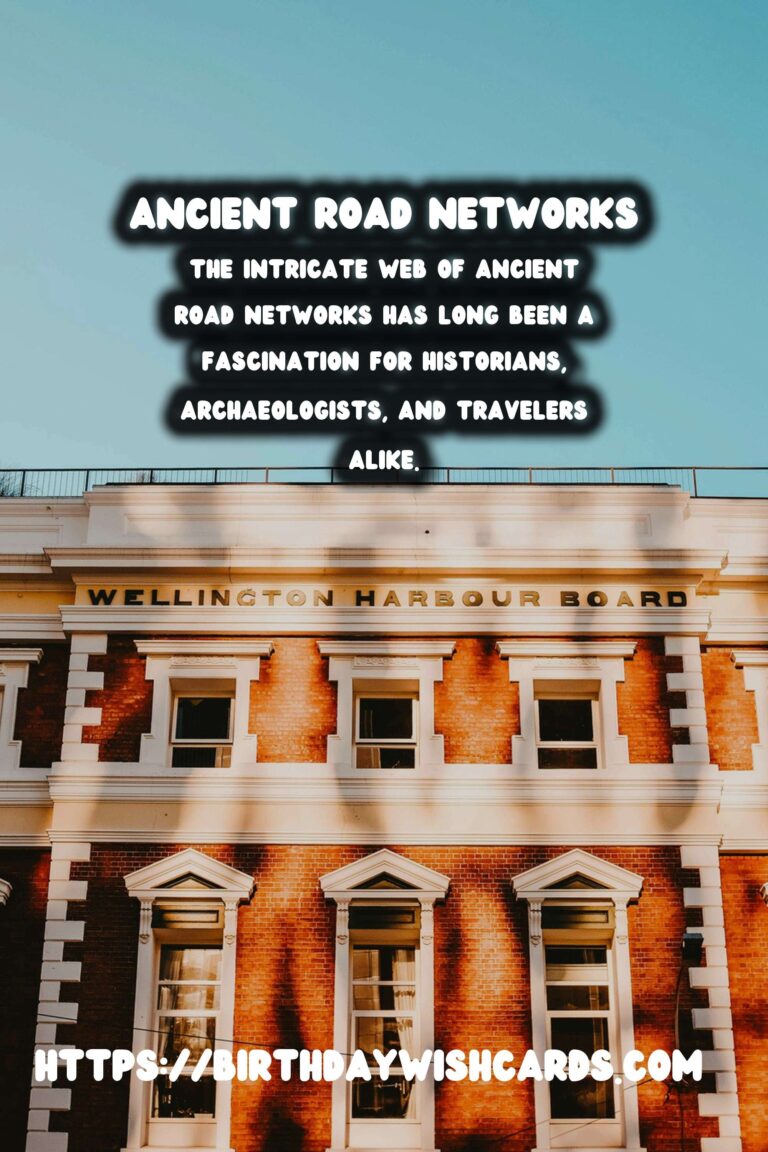
The intricate web of ancient road networks has long been a fascination for historians, archaeologists, and travelers alike. These roads not only connected cities and empires but also facilitated the exchange of goods, culture, and ideas. Following these historical trails offers a unique glimpse into the life and times of past civilizations.
The Significance of Ancient Roads
Ancient roads played a crucial role in shaping the history of human civilization. These routes enabled the movement of armies, traders, and travelers across great distances, impacting the political and economic landscapes of their times. Roads like the Roman roads, the Silk Road, and the Inca trails are prime examples of networks that forged connections far beyond their localities.
Roman Roads: Engineering Marvels
The Roman Empire is renowned for its impressive road network, which spanned approximately 400,000 kilometers. Roman roads were engineering marvels, constructed with layers of sturdy materials that ensured durability. These roads facilitated the rapid movement of Roman legions, allowing the empire to expand and maintain its territories efficiently.
The Silk Road: Corridor of Culture and Commerce
The Silk Road was not a single road but a network of trade routes that connected the East and West. Originating from Changan in China, it extended over 4,000 miles to the Mediterranean Sea. This ancient road network was pivotal in the exchange of goods such as silk, spices, and precious metals, as well as cultural and technological knowledge among diverse civilizations.
The Inca Road System: An Andean Masterpiece
The Incas engineered a vast road network known as Qhapaq Ñan, stretching over 30,000 kilometers throughout the Andes. This network consisted of paved roads, rope bridges, and rest stations, brilliantly adapted to the challenging environments of mountains and valleys. The roads played a central role in supporting the administrative and economic functions of the Inca Empire.
Following Historical Trails Today
In modern times, these ancient roads have transformed into tourist attractions, offering adventurous travelers the chance to retrace historical paths. Hikers, history buffs, and cultural enthusiasts can follow these trails to experience the remnants of past glories. From the Via Appia in Italy to the Cotswold Way in England, ancient road networks serve as a testament to human endurance and ingenuity.
Preserving the Legacy of Ancient Roads
Efforts to preserve these priceless historical assets have become increasingly significant. Conservation projects strive to protect and maintain the integrity of ancient roads, ensuring that these historical paths can be appreciated by future generations. Through a combination of governmental support and grassroots efforts, the preservation of ancient road networks holds cultural and historical importance for humanity.
In conclusion, ancient road networks are more than mere lines on a map; they embody the spirit of exploration, connection, and cultural exchange. Whether used as conduits for commerce or as paths of conquest, these roads have left an indelible mark on human history, inviting us to explore their timeless stories.
The intricate web of ancient road networks has long been a fascination for historians, archaeologists, and travelers alike. Ancient roads played a crucial role in shaping the history of human civilization.
#AncientRoads #HistoricalTrails

